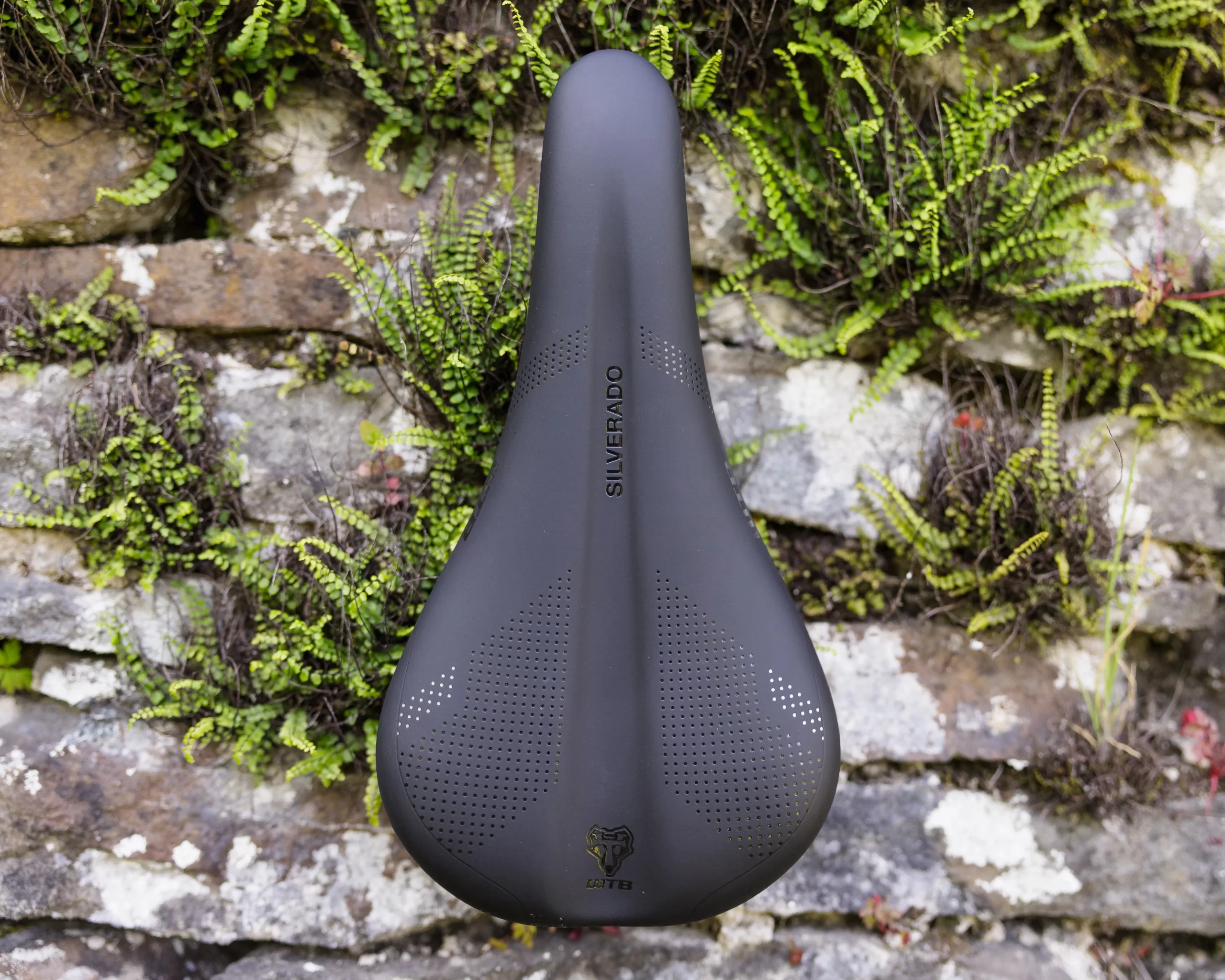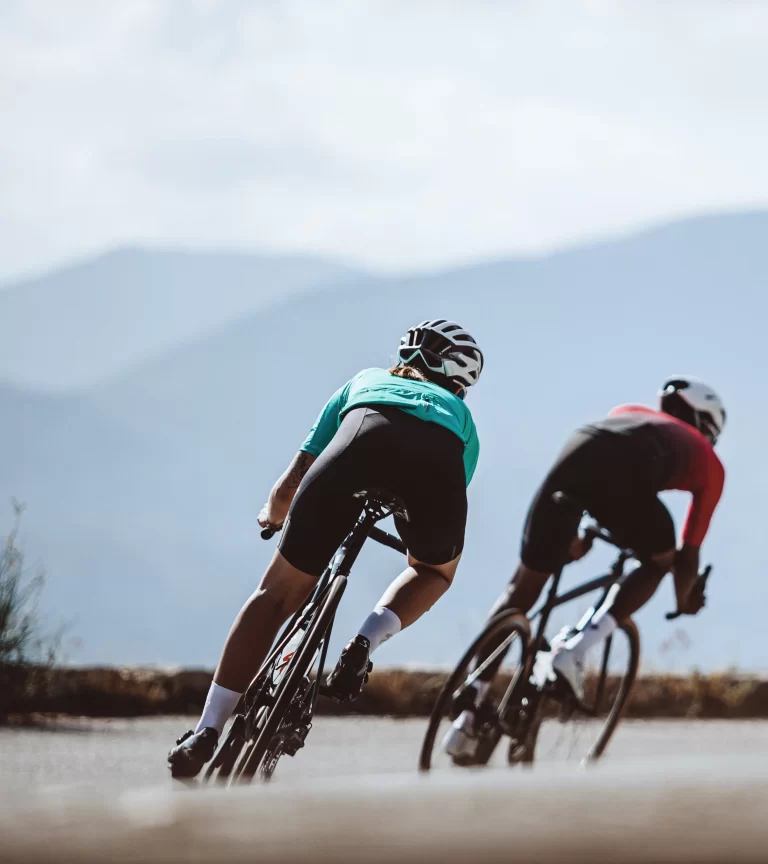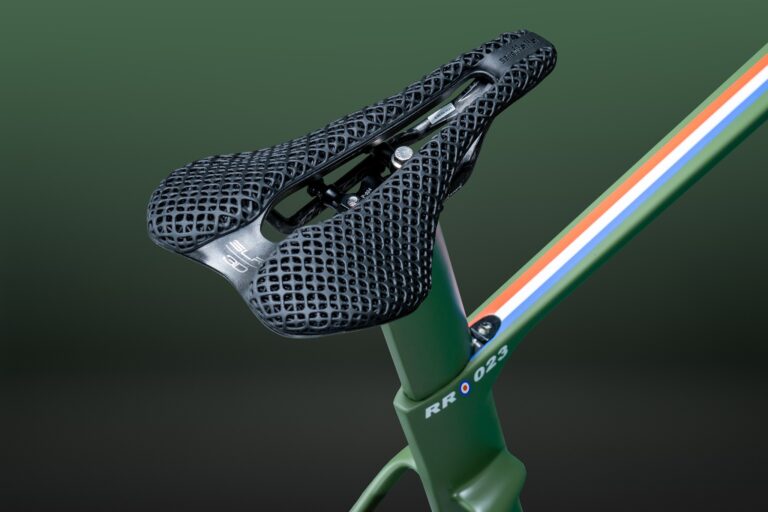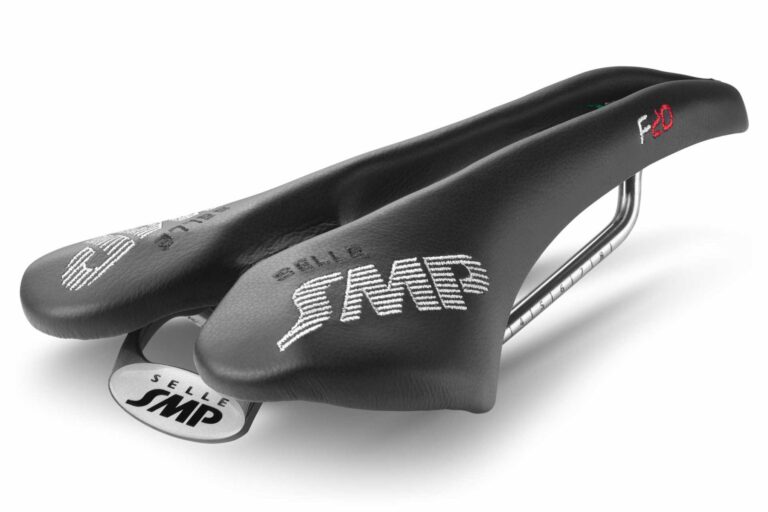Gravel Bike Saddle Materials and Their Benefits: A Guide to Durability in Cycling Gear

Key Point Summary of Gravel Bike Saddle Materials and Their Benefits:
- Types of Gravel Saddle Materials: Exploring various materials used in gravel bike saddles.
- Benefits of Durable Saddles: Understanding how durability impacts your cycling experience.
- Material and Cycling Gear Performance: How different materials contribute to overall cycling gear effectiveness.
As a master cyclist with extensive experience in mountain biking, gravel biking, and cyclocross, I’ve learned the importance of choosing the right saddle material for both comfort and performance. This is especially crucial for beginner to mid-level cyclists who are still adapting to the demands of different terrains.
Types of Gravel Saddle Materials
Gravel saddles are made from a variety of materials, each offering unique benefits:
- Leather: Known for its durability and classic appeal, leather saddles conform to your body shape over time, providing a personalized fit. My first leather saddle took some time to break in, but it became more comfortable with each ride.
- Synthetic Materials: These are common in modern saddles. Materials like nylon or synthetic rubber offer weather resistance and are generally lighter. I remember switching to a synthetic saddle for its maintenance-free aspect.
- Carbon Fiber: Ideal for weight-conscious cyclists, carbon fiber saddles are lightweight and stiff, providing excellent power transfer. They might be less forgiving on rough terrains, though.
Three underrated materials often used in bike saddles are cork, canvas, and rubber. Cork is eco-friendly, lightweight, and offers excellent vibration absorption, making it comfortable for longer rides. Canvas is durable and used with other materials for added strength and weather resistance, suitable for utility or commuter bikes. Rubber, known for superior shock absorption and durability, is ideal for urban bikes, providing a smooth ride in various conditions.
- Cork: This eco-friendly material is not only lightweight but also provides excellent vibration absorption. Its natural cushioning properties make cork a comfortable choice, especially for longer rides.
- Canvas: Known for its durability, canvas is a sturdy material often used in combination with others for added strength and weather resistance. It’s a practical choice for saddles, particularly for utility or commuter bikes.
- Rubber: Rubber saddles stand out for their superior shock absorption qualities. They are highly durable and well-suited for urban or commuter bikes, offering a smooth ride even on bumpy roads. Their weather-resistant nature makes them a practical choice for various conditions.
Proper saddle maintenance is crucial for ensuring longevity and comfort, and it significantly depends on the type of material used:
- Leather Saddles: Need regular cleaning and conditioning. Use a damp cloth for cleaning and a quality leather conditioner to maintain suppleness. Avoid exposing them to too much water.
- Synthetic Saddles: These are low-maintenance. Clean with mild soap and water. They are generally more resilient against weather elements.
- Canvas Saddles: Require occasional brushing to remove dirt. Use mild soap and water for more thorough cleaning. Regularly inspect for wear.
- Cork Saddles: Maintain by wiping with a damp cloth. Avoid harsh chemicals that can dry out the cork.
- Rubber Saddles: Easily maintained with soap and water. Regular checks for wear or brittleness are recommended.
- Carbon Fiber Saddles: They require minimal maintenance due to their robust nature. Regularly wipe down with a damp cloth to remove dirt or sweat. Avoid using harsh chemicals or abrasive materials that could scratch or damage the carbon fiber surface. Regular inspections for any cracks or structural damage are also important, especially after a fall or impact, as carbon fiber can be susceptible to impact damage.
Each material demands specific care methods to ensure the saddle remains functional and comfortable over time. Bike saddle manufacturers typically source their materials from a variety of suppliers specializing in the specific materials used for saddle construction. These suppliers provide materials such as leather, synthetic fabrics, carbon fiber, metals for rails and frames, and padding materials like foam or gel. However, the specific details of these supplier relationships are often proprietary information of the saddle manufacturers and are not publicly disclosed. Each manufacturer might have multiple suppliers for different materials to ensure quality and meet production needs.
Some of the best saddle manufacturers known for their quality and innovation include:
- Brooks England: Renowned for high-quality leather saddles with classic designs.
- Selle Italia: Offers a variety of performance saddles with innovative features.
- Fizik: Known for sleek, ergonomic designs that cater to road and off-road cycling.
- Specialized: Recognized for using sports science to design saddles for different types of riders.
- WTB (Wilderness Trail Bikes): Provides durable and comfortable saddles for various cycling disciplines.
These manufacturers are celebrated for combining quality materials with advanced design techniques to offer comfort and performance to cyclists of all levels.
We’ve also carefully rated and ranked the Best Gravel Bike Saddles, which includes brands from the aforementioned list. This ranking is based on various factors such as comfort, durability, material quality, and performance, particularly catering to the needs of gravel biking. It’s a comprehensive list that aims to guide riders in choosing a saddle that best suits their specific gravel biking requirements and preferences. This list is a great resource for anyone looking to upgrade their gravel bike saddle for an enhanced riding experience.
Benefits of Durable Saddles
Durability is key in gravel biking:
- Withstanding Rough Terrain: Gravel biking can be tough on gear. Durable saddles withstand the rigors of uneven surfaces.
- Long-Term Comfort and Savings: A durable saddle might be a higher initial investment, but it pays off in the long run. I’ve had the same durable saddle for years, saving me money over time.
Material and Cycling Gear Performance
The material of your saddle affects your overall gear performance:
- Comfort and Ride Quality: Materials like leather offer comfort that molds to your body, while carbon fiber provides a rigid, responsive ride.
- Weight and Speed: Lighter materials like carbon fiber can enhance speed and reduce fatigue on long rides.
- Maintenance and Care: Synthetic materials require less maintenance, which is great for cyclists who prefer a low-maintenance setup.
Choosing the right saddle material enhances your gravel biking experience by providing the right balance of comfort, durability, and performance. Experiment with different materials to find what works best for you and your riding style.
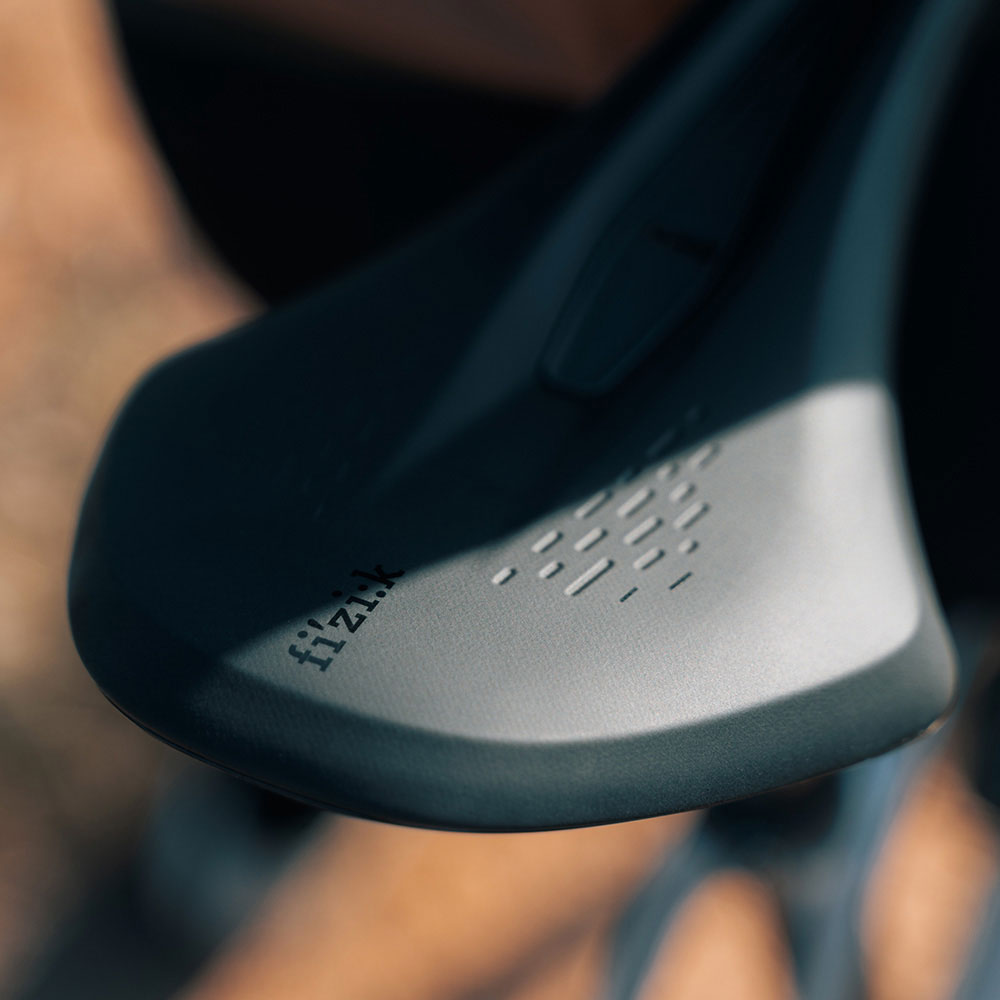
FAQ
How is a saddle made?
The making of a bike saddle involves several steps:
- Design: The process starts with a design, focusing on ergonomics and rider comfort.
- Frame Construction: The saddle frame, typically made of metal or carbon fiber, is constructed. This frame forms the saddle’s basic shape and structure.
- Padding: The frame is then padded for comfort. Materials like foam or gel are used, varying in density and thickness based on the saddle type.
- Covering: The padding is covered with a material like leather, synthetic fabric, or weather-resistant material.
- Final Assembly: Additional components like rails (which attach the saddle to the bike) and adjustment mechanisms are added.
Each step is crucial in ensuring the saddle’s comfort, durability, and performance.
What leather is used for saddles?
For bike saddles, the most commonly used leather is cowhide. Cowhide is durable, flexible, and capable of conforming to the rider’s shape over time, providing a personalized fit. Higher-end saddles may use premium leathers like full-grain or top-grain cowhide for added comfort and durability. Some saddles also use synthetic leather, which offers weather resistance and lower maintenance, though it may not provide the same level of comfort and fit as natural leather over time.
What are Western saddles made of?
Western saddles are typically made of leather, which is valued for its durability and ability to conform to the rider’s shape over time. The frame, or tree, of the saddle, is often constructed from wood or synthetic materials and then covered in leather. Other materials such as metal for hardware (like stirrups and buckles), padding materials for comfort, and sometimes synthetic fabrics for weather resistance and easier maintenance may also be used. The design and materials are chosen to provide durability, comfort, and functionality suited to the needs of Western riding disciplines.
We hope this information on saddle manufacturers and their material sourcing has been helpful. While the specific details of supplier relationships are usually proprietary, knowing that these brands prioritize high-quality materials can guide you in choosing the right saddle. If you have any more questions about cycling gear or need further assistance, feel free to ask. Happy cycling!
John
